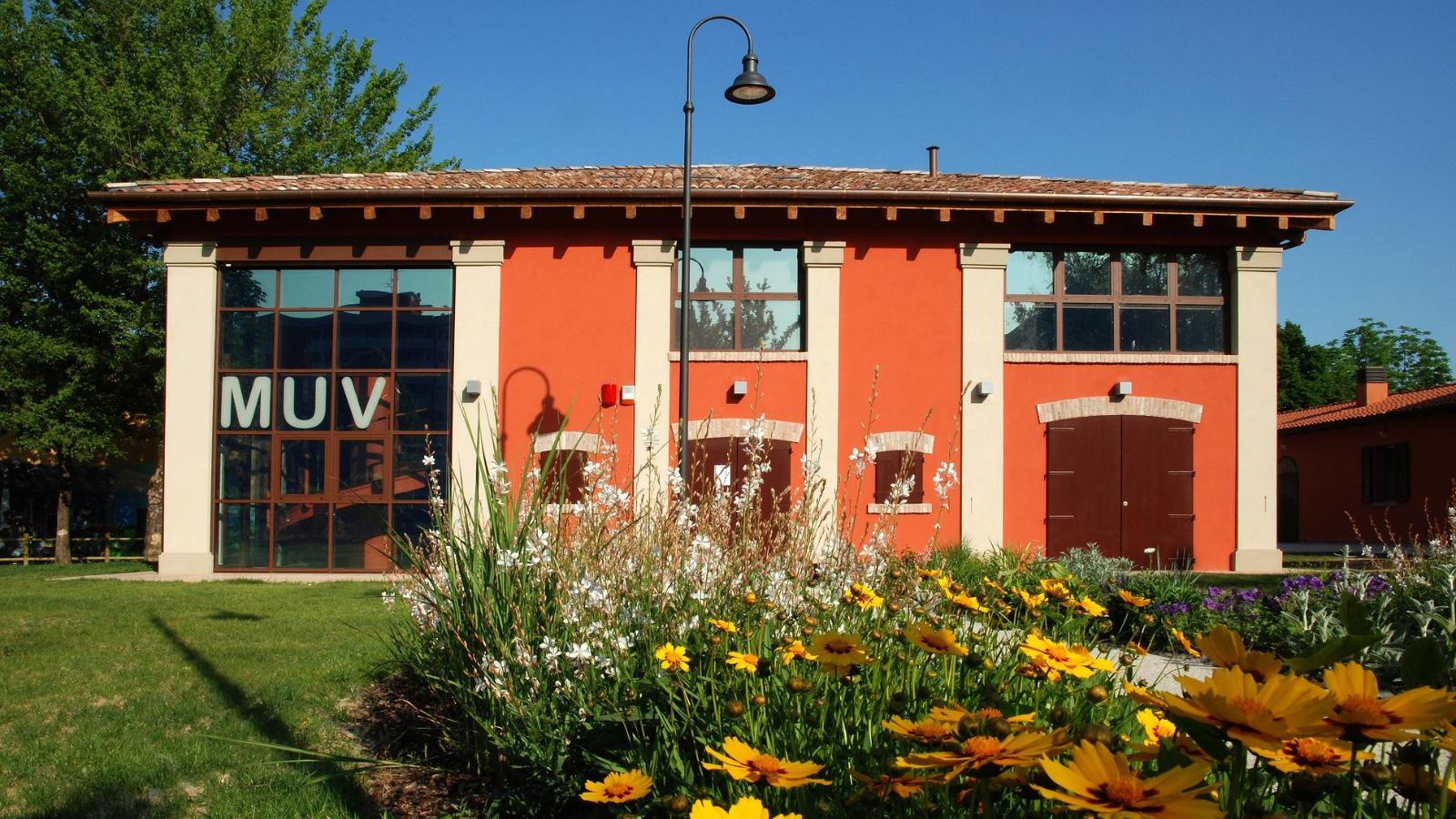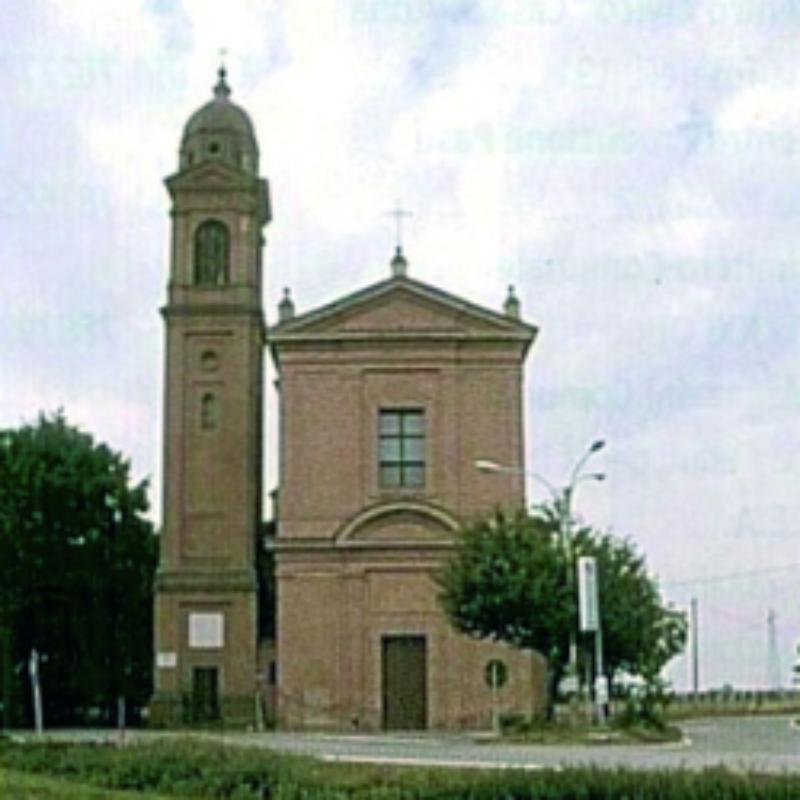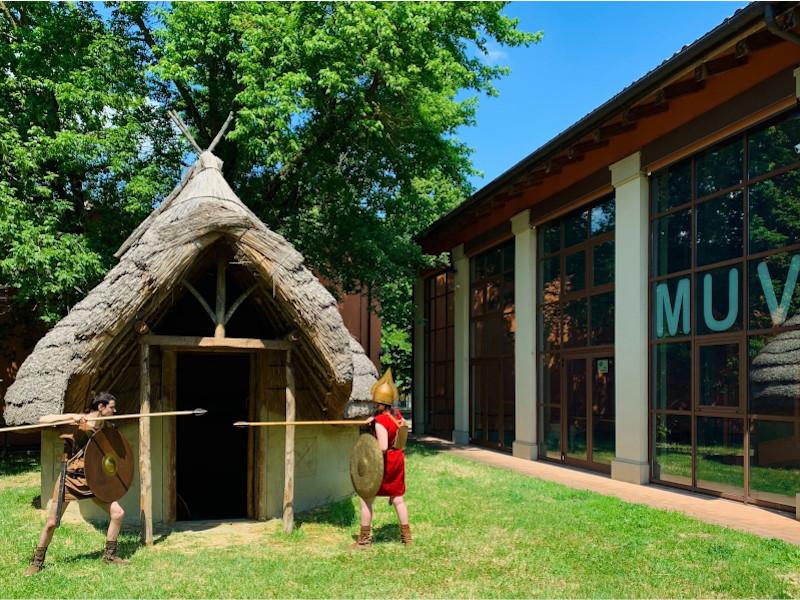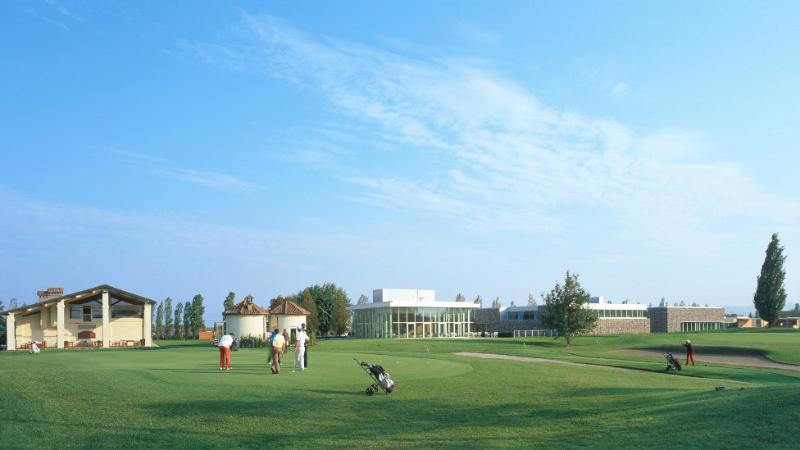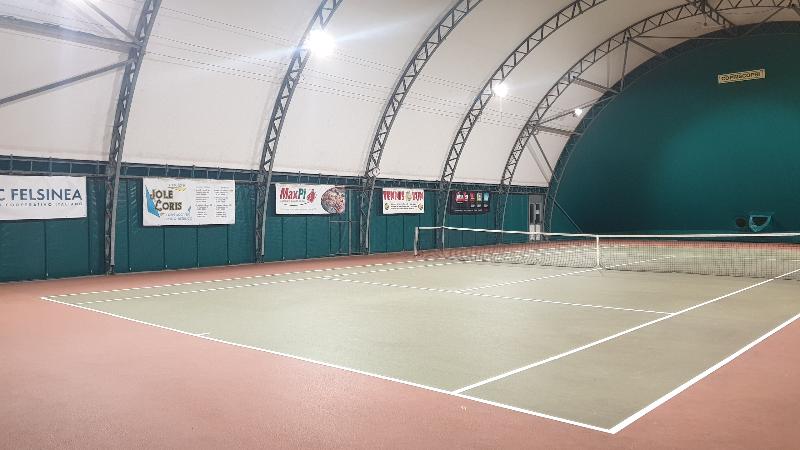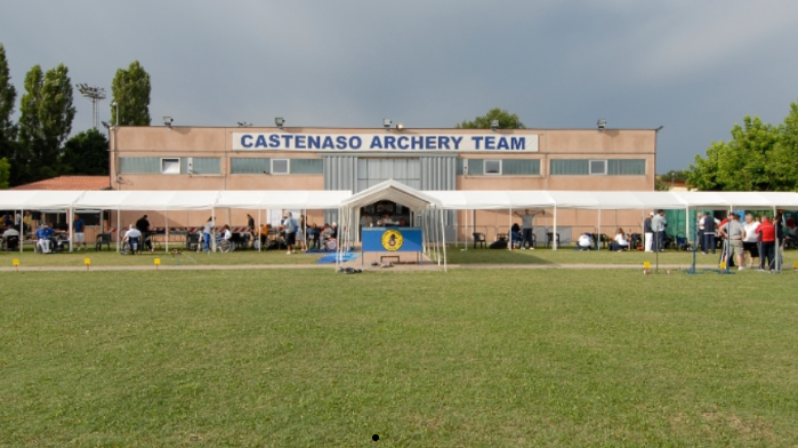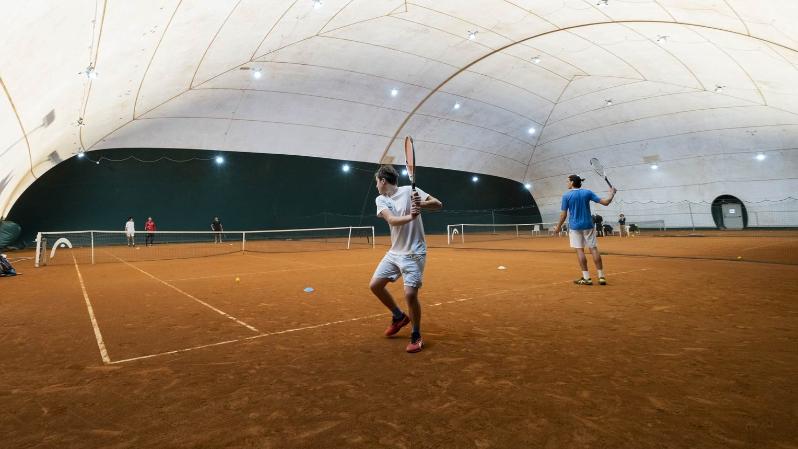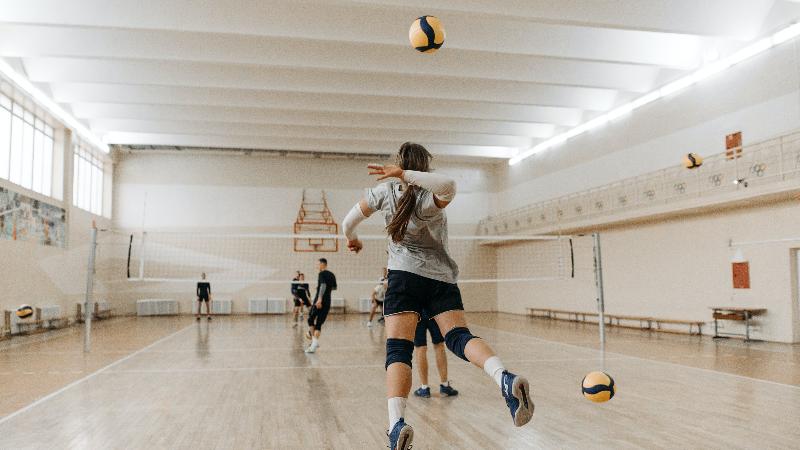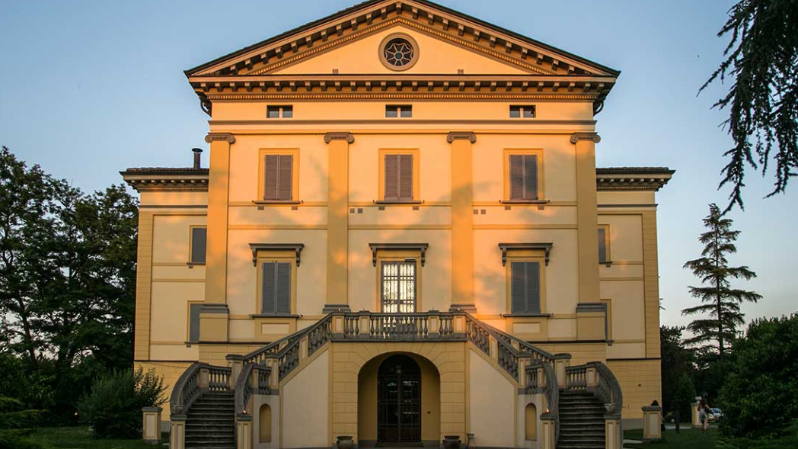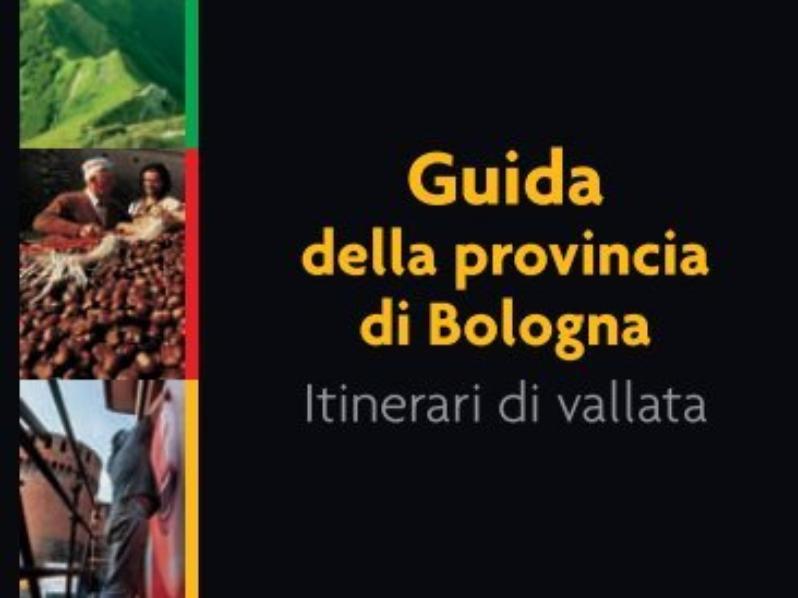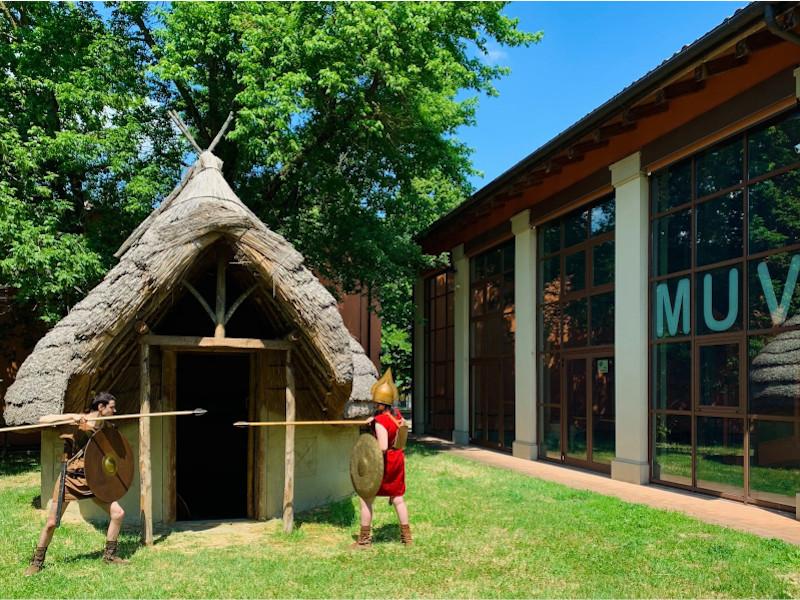
In the 2nd century BC, here, along the Idice River, clashed, in a bloody and decisive battle, the encampments of the two opposing armies of the Gauls and the Romans. In command of the latter was Consul Publio Scipione, called Nasica, from whom Castenaso takes its name: originally it was called "Castrum Nasicae", the encampment of Nasica, which then became Castelnaso and finally Castenaso.
An important centre on the Bolognese plains, Castenaso stands on the banks of the Idice, along the ancient Via Salaria (today Via San Vitale), connecting Bologna to the salt flats of Cervia.
Even more remote are the origins of the town of Villanova, famous for its Iron Age necropolis, the first discovery of the civilization which would consequently be named Villanovian. The promoter of the first archaeological excavations was Count Giovanni Gozzadini, to whom we owe the discovery of a good 179 tombs, rich in objects now conserved in the territory's archaeological museums. The centre of the digs was in Villa Gozzadini, dating back to the 16th century. Villanova is today an important commercial centre where the Adriatica Cooperative also has its legal headquarters.
Recently opened, the MUV - Museum of the Villanovan civilization is housed in Casa Sant'Anna, an old hayloft.
Surrounded by lovely countryside, the Casalunga Golf & Resort joins the beauty of Emilia Romagna landscape to golf pleasure.
In Marano di Castenaso, there is the Parish Church of San Giminiano, whose origins date back to the 12th century. Completely destroyed in the 16th century by the troops of Cesare Borgia, called the Valentino, it was finally rebuilt in neo-Gothic style in 1929, preserving the 16th-century bell-tower.
Among the villas of the territory, it is worth mentioning Villa Marana, once the property of Maestro Francesco Molinari-Pradelli. The villa has a 17th-century facade and houses the precious Molinari-Pradelli private art collection.
Near the town stands the Church of the Madonna del Pilar, built on grounds belonging to the Collegio di Spagna. In the sanctuary's magnificent baroque interior, there is the miraculous image of the Virgin by G. B. Bolognini (1699). In this church, Gioacchino Rossini celebrated his second marriage to the soprano Isabella Colbran in 1822. The couple lived for about ten years in a villa next to the church, and it was here that the Maestro composed works such as "Semiramide" and "William Tell".
More information
- Distance from Bologna: 11 Km.
- Altitude: 40 m.
- Inhabitants: 14.925 (updated January 1st 2016)
- Market day: Wednesday
- Patron Saint: San Giovanni (June 24th)
- Hamlets: Fiesso, Marano/Veduro, Villanova
Recurring events
- San Giuseppe Festival: March
- Sport Festival: May
- Grape Festival: third week end of September
- Festa Contadina (peasant festival), in Marano: fourth Sunday of September
- Maranofest, beer festival, in Marano: first and second week end of October.
The text is taken from
Guide to the province of Bologna - Valley itineraries
How to get to Castenaso
By car
- Roads from Bologna: take SP 253 San Vitale up to Castenaso
- Motorways from Ancona: A14 Motorway, exit San Lazzaro di Savena, then SP 253 San Vitale up to Castenaso.
By bus
From the Bologna bus station, TPER public transport company (info on timetables and fares www.tper.it):
- Bus n. 99 Bologna-Medicina-Lugo
- Bus n. 89 Cà dell'Orbo-Villanova-Bologna (da Via Marconi) Casalecchio di Reno-S. Biagio-Sibano
- Bus n. 206 Bologna-Sesto Imolese-Massa Lombarda-Lugo
- Bus n. 237 Bologna-Dugliolo-Alberino
- Bus n. 257 Bologna-Budrio-S.Antonio-Argenta
By train
From the Bologna Central Station (for information on timetables and fares visit www.fer.it): · railway line Bologna-Portomaggiore, Castenaso stop.
By plane
The Guglielmo Marconi Airport is about 25 km. from Castenaso.
The Aerobus BLQ connects every 15-30 minutes the airport to the city centre and to the central station. Piazza XX Settembre stop to get a bus towards Castenaso.
Information
URP - Public Relations Office
Address: Piazza Bassi 1 - 40055 Castenaso (BO)
Ph: 0039 051 6059111
Toll free number: 0039 800 479 595
urp@comune.castenaso.bo.it
www.comune.castenaso.bo.it
Opening times:
-
Mon-Fri 8.30-12.30

